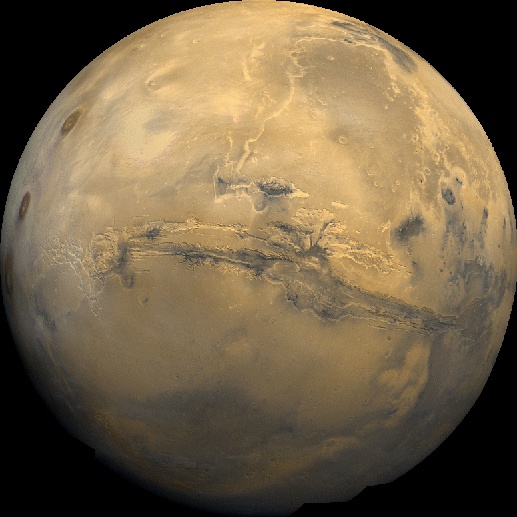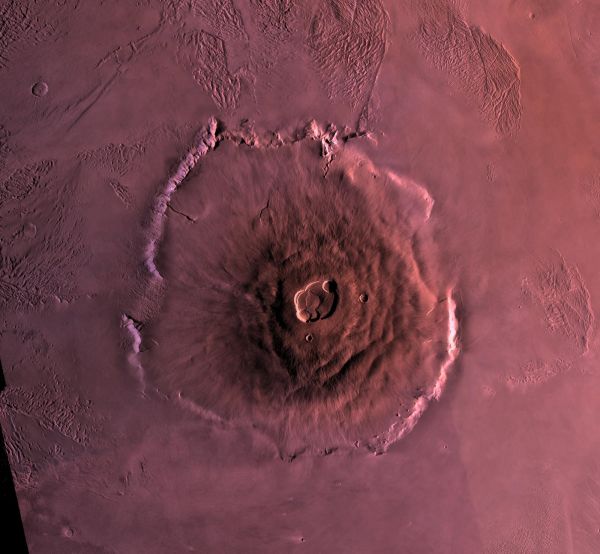Reference News Network reported on February 22nd, Buenos Aires Economic News Network of Argentina published the title “Why is the trip to Mars so important?” on February 18. The article said that Mars is the most habitable planet that human beings can reach. This makes it the best place to confirm whether life exists outside the earth. In short, answers to life puzzles can be found on Mars. The full text is excerpted as follows:
Why is it so important to go to Mars? What is the significance of mankind’s exploration of this red planet?
The answer is very clear. At present, we believe that Mars is the most habitable planet that human beings can reach. This makes it the best place to confirm whether life exists outside the earth. In short, answers to life puzzles can be found on Mars.
Human exploration of Mars was first carried out through telescopes, and then through spacecraft in orbit and robots on the surface of Mars. We found a fascinating planet. Although it is much smaller than the earth, this little brother of earth has magnificent terrain. Its hills and canyons are almost the largest in the solar system.
Mars has the largest volcano in the solar system, Mount Olympus, with a height of 23 kilometers, and the largest canyon belt, the Mariner Valley, which is 7 kilometers deepest. The canyon is winding and about a quarter of the length of the Mars equator. In addition, Mars has the largest known impact basin, the Northern Great Plain, which covers 40% of the surface area of Mars.
It is this basin located in the northern part of Mars that makes the northern and southern hemispheres of Mars show a clear distinction, half known as the northern lowlands and half the southern plateaus.
This is the so-called Mars dichotomy. The difference between the northern hemisphere and the southern hemisphere is obvious. The altitude of the northern hemisphere is almost zero, and there are basically no volcanoes; while the southern hemisphere is higher and full of volcanoes.
The reason why Mars has two completely different faces is still unknown. However, there are no volcanoes in the northern lowlands, probably because in the past, it was a huge ocean.
The conclusion that liquid water existed on Mars in ancient times can be inferred from dry channels observed in orbit. This is also confirmed by volcanoes, such as the former lakes that were scattered in the Gail Crater area, the location of NASA’s Curiosity rover.
There is no doubt that this is the most important discovery so far by Mars robot exploration. It confirms that Mars is very similar to Earth. In ancient times, both surfaces had a large amount of liquid water. Later, the appearance of life on the earth reminded us that this process may also begin on Mars.

Although it has not been confirmed, another major discovery on Mars is the detection of methane in its atmosphere.
On Earth, almost all methane comes from biological emissions. It mainly comes from methane-producing organisms, although some geological processes also produce methane.
Therefore, the existence of methane on Mars can be interpreted as the result of the existence of life in the past or present.
At present, the study of the origin of methane on Mars is one of the major challenges in astrobiology. At present, methane is detected only above the surface of Mars, specifically by the instruments carried by the Curiosity rover. But it is strange that methane has not been detected in the upper atmosphere.
Theoretically, methane detected on the surface of Mars accumulates in the atmosphere and should be able to be captured by sensitive instruments carried by spacecraft in orbit before they are destroyed by solar radiation through photodegradation (a process lasting hundreds of years).
There should be a mechanism that quickly destroys methane on the surface of Mars and does not allow it to accumulate in the atmosphere until it is detected by spacecraft in orbit, but this mechanism has not been discovered by human beings.
The latest discovery about Mars confirms that it still maintains some seismic activity. So far, more than 480 earthquakes have been detected by seismographs on the platform of the Insight Mars rover, which undoubtedly shows that the Red Planet still maintains crustal motion. At the same time, it was found that the overall magnetic field on Mars was greater than expected, which strengthened the idea of the existence of earthquakes on Mars.
These findings help to clarify the process that Mars has experienced in the past. In ancient times, Mars’ atmosphere could have been denser and warmer, and the surface of Mars was filled with liquid water, instead of being cold, dry and dry.



